The point of Autograph’s first artist course wasn’t to be a ‘finishing school’ for radical pedagogies, but respite from those structures to rethink creative practice and education during crisis. Ali Eisa and Alberto Duman reflect on building an alternative arts course in a pandemic.

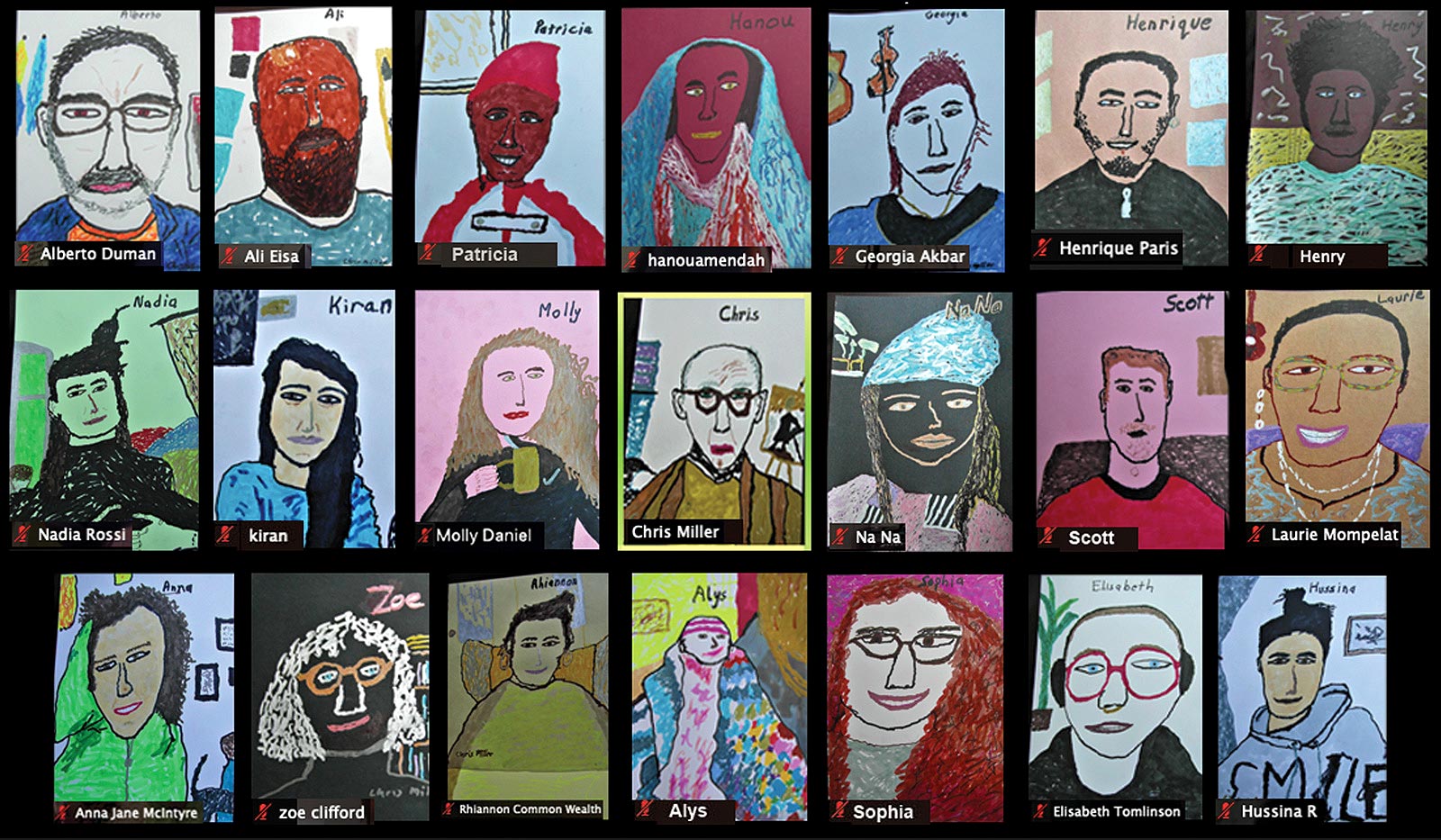



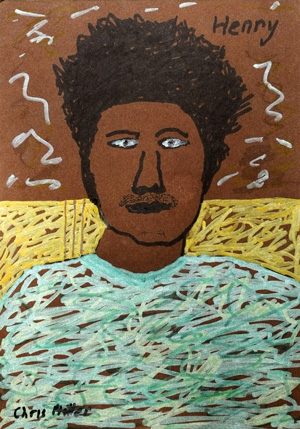

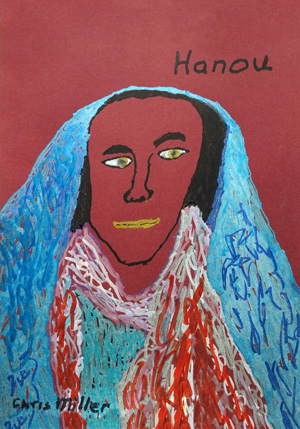
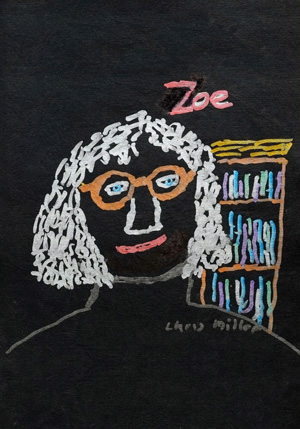


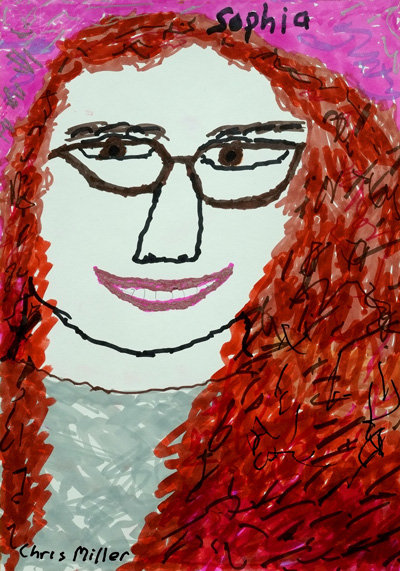
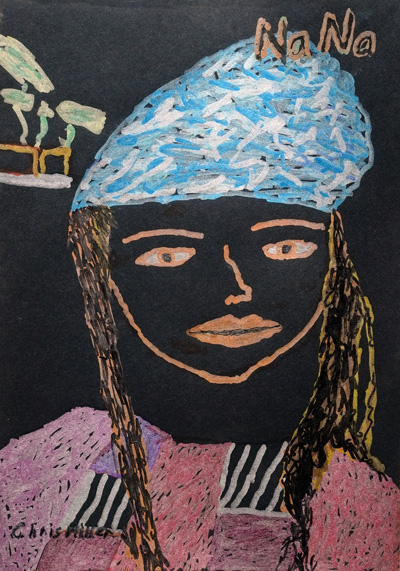
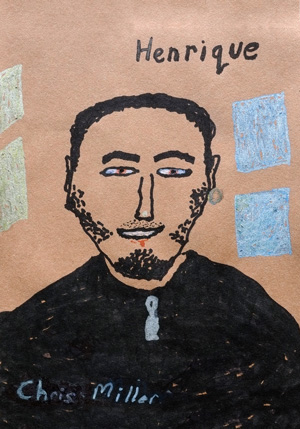
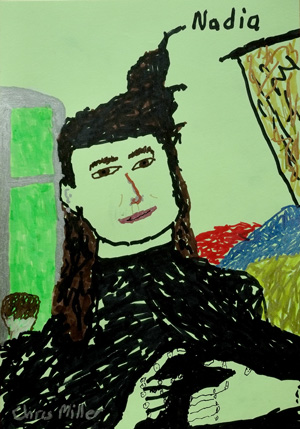
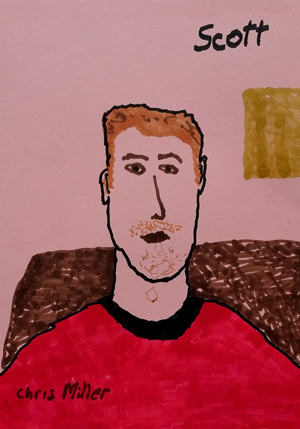

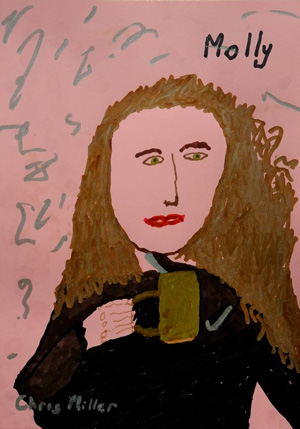
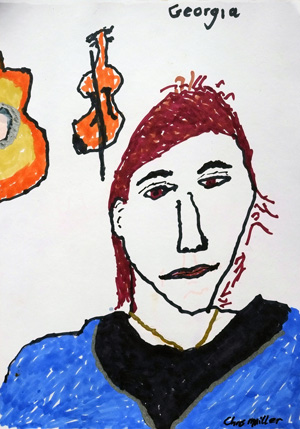

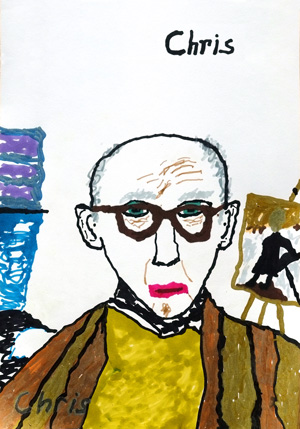
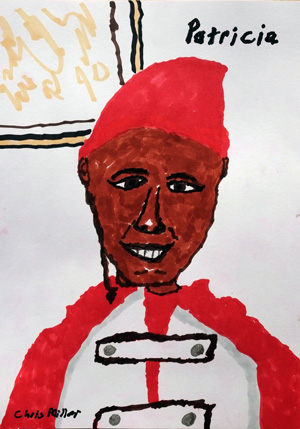
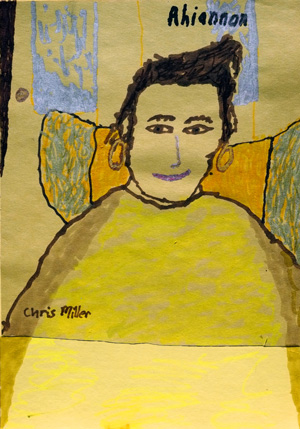
FOOTNOTES
[1] p. 7, Mike Davis, ‘The Monster Enters’, New Left Review, Mar-Apr 2020.
[2] p. 11, bell hooks, ‘Teaching Community, A Pedagogy of Hope’, Routledge, 2003.
[3] Angela Davis in ‘Colonial Repercussions - Angela Davis and Gayatri Chakravorty Spivak: Planetary Utopias’, 24th June 2018. See here. Last accessed on 14th February 2021.
[4] p.18, bell hooks, ‘Teaching Community, A Pedagogy of Hope’, Routledge, 2003.
[5] Rian Brown and Geoff Pingree (dir.), ‘The Foreigner's Home: An exploration of Toni Morrison's vision and work’, Ice Lens Picture Film, 2018.
Can you spare a few moments? Autograph is carrying out a survey to better understand who our digital audiences are.
The survey should take no longer than five minutes to complete.
Anything you tell us will be kept confidential, is anonymous and will only be used for research purposes.
The information you provide will be held by Autograph and The Audience Agency, who are running the survey on our behalf. In compliance with GDPR, your data will be stored securely and will only be used for the purposes it was given.
You can take the survey here. Thank you!

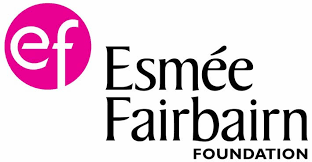
Banner image: Anna Jane McIntyre, Digital Collage Featuring Portraits by Chris Miller, 2021.
Images on page: Chris Miller, Portraits of PILOT Members, 2021.
Autograph is a space to see things differently. Since 1988, we have championed photography that explores issues of race, identity, representation, human rights and social justice, sharing how photographs reflect lived experiences and shape our understanding of ourselves and others.